Bats
Nahanni National Park Reserve
Bats are nocturnal mammals that eat insects, like mosquitoes and moths. In just one night, they can eat up to half their body weight in bugs. Their appetite keeps insect populations down, and their value as a natural form of pest control is estimated to be in the billions of dollars.
At least seven different species of bats live in the park. As a result, many suspect Nahanni to have the highest bat species diversity in the Northwest Territories.
In the park, you might be able to spot:
- Myotis lucifugus (Little Brown Myotis)
- Myotis volans (Long-legged Myotis)
- Myotis evotis (Long-eared Myotis)
- Myotis septentrionalis (Northern Myotis)
- Eptesicus fuscus (Big Brown Bat)
- Lasiurus borealis (Eastern Red Bat)
- Lasiurus cinereus (Hoary Bat)
Additionally, researchers have identified two hibernacula in caves throughout the park. This group of caves is the northern-most known bat hibernacula in Canada. The researchers also think bats use two more sites in this area as hibernacula but need extra data to confirm.
These amazing creatures have great hearing that pairs well with their night vision capabilities.
Bats make high-pitched clicking sounds, which they let out in short bursts. The sounds are inaudible to human ears, but they bounce off objects around the bats. The echoes and how the sounds bounce tell bats what they need to know to navigate obstacles and catch bugs during flight. This process is echolocation.
Why do we monitor bats?
White-nose syndrome is a disease found in bats. It's caused by exposure to specific fungi known as Pseudogymnoascus destructans. As it spreads across Canada and the United States, it wipes out bat populations at an alarming rate. As of 2021, White-nose syndrome was observed as far north as central Saskatchewan.
Tracking the bat population and activity levels in the park now means we establish a baseline before White-nose syndrome spreads further north. Monitoring will also help detect changes in activity levels over time, which could tell us if White-nose syndrome reaches the park.
Bats are also sensitive to ecosystem changes and stressors such as:
- Climate Warming
- Habitat loss and change
- Declines in insect populations (prey)
- Pollution
- Energy production and mining
Their sensitivity, paired with long lifespans and specific habitat requirements, make them a good indicator species. Studying indicator species can tell us more about changes in the larger ecosystem.
Acoustic Monitoring
Recently, Nahanni National Park Reserve started a bat monitoring program. We placed 14 ARUs (autonomous recording units) in different areas throughout the park.
ARUs are stationary devices that record sounds. They’re put in prime bat habitats like forest or trail edges and near ponds or other bodies of water. We even placed a few in spots with no previous bat records.
Later, team members trek to the units to get the files. They then spend the winter going through the audio in special software programs.
The program helps researchers identify species by creating images of the sounds.
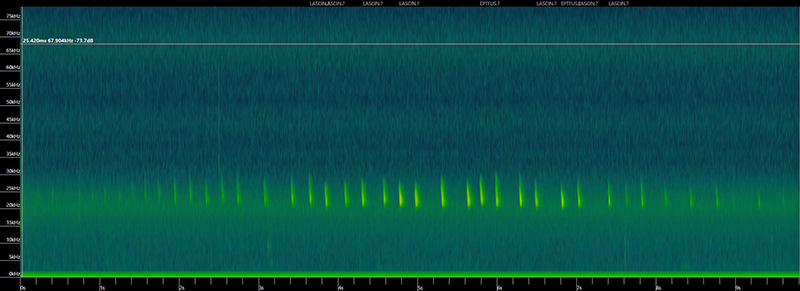
The lines' differences and spacing can help us determine what type of bat is making the call.
Resource conservation team members will have bat activity files from at least six sites in fall 2022.
Once the data is processed, it will be available to the public on the North American Bat Monitoring (NABat) website. When the first round of data is up, you can find Nahanni’s bats under the project “NNPR Stationary Acoustic Surveys.”
Check out what the ARUs capture:Couldn’t hear anything? That’s because bat echolocation is at too high of a frequency for human ears to hear.
We’ve slowed these ones down x8 so that they are audible.
What’s in this clip?
Bat sounds around the Howard's Pass Access Road part of the park.
We're checking in with bat experts to verify this one. We can't confirm yet, but we think this is the sound of an Eastern Red Bat (Lasiurus borealis).

What’s in this clip?
This one has the sounds of a low-frequency bat, likely a Big Brown Bat (Eptesicus fuscus) or a Hoary Bat (Lasiurus cinereus). This ARU audio is from around Lafferty Creek.
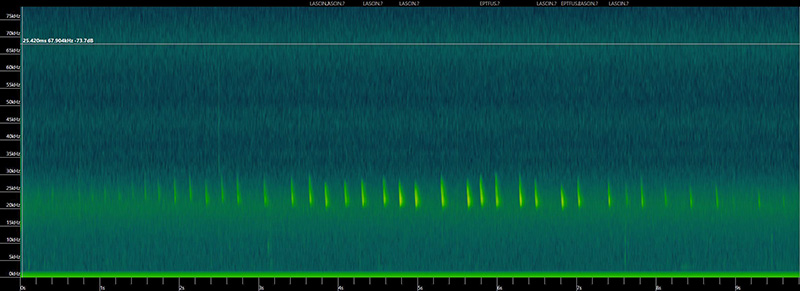
What’s in this clip?
If you listen closely, you may be able to pick out the two feeding buzzes in this one - right near the beginning. We recorded this bat around Last Chance Harbour, near Náįlįcho.
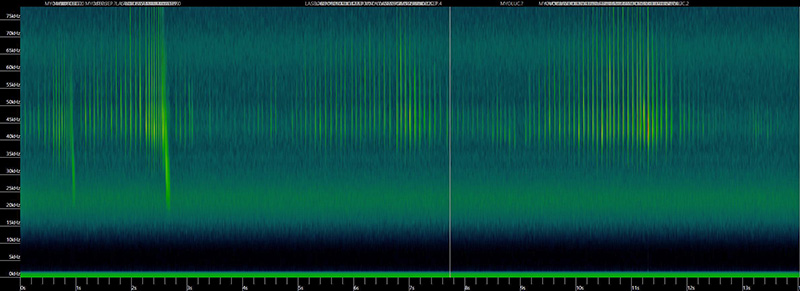
What’s in this clip?
In this clip, we can hear a high-frequency bat, likely a type of Myotis bat. This ARU was located just off the Last Chance hiking trail near Náįlįcho.
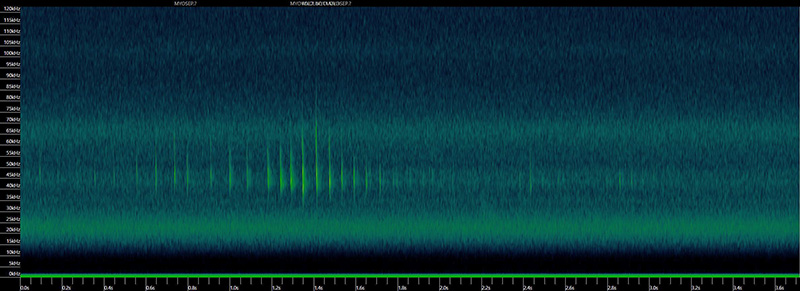
What’s in this clip?
This one is another high-frequency bat and is also likely a type of Myotis. The sound of this bat was heard around the Parks Canada cabin at Náįlįcho.
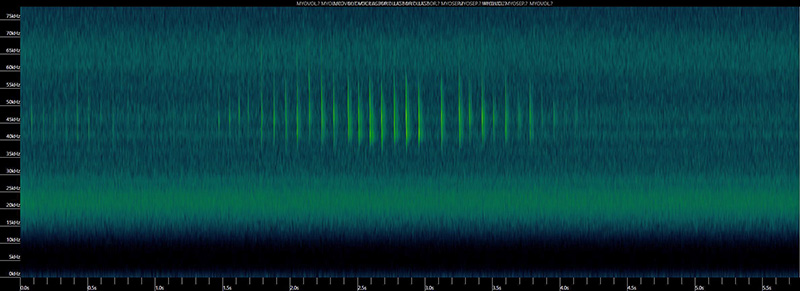
Related links
- Date modified :